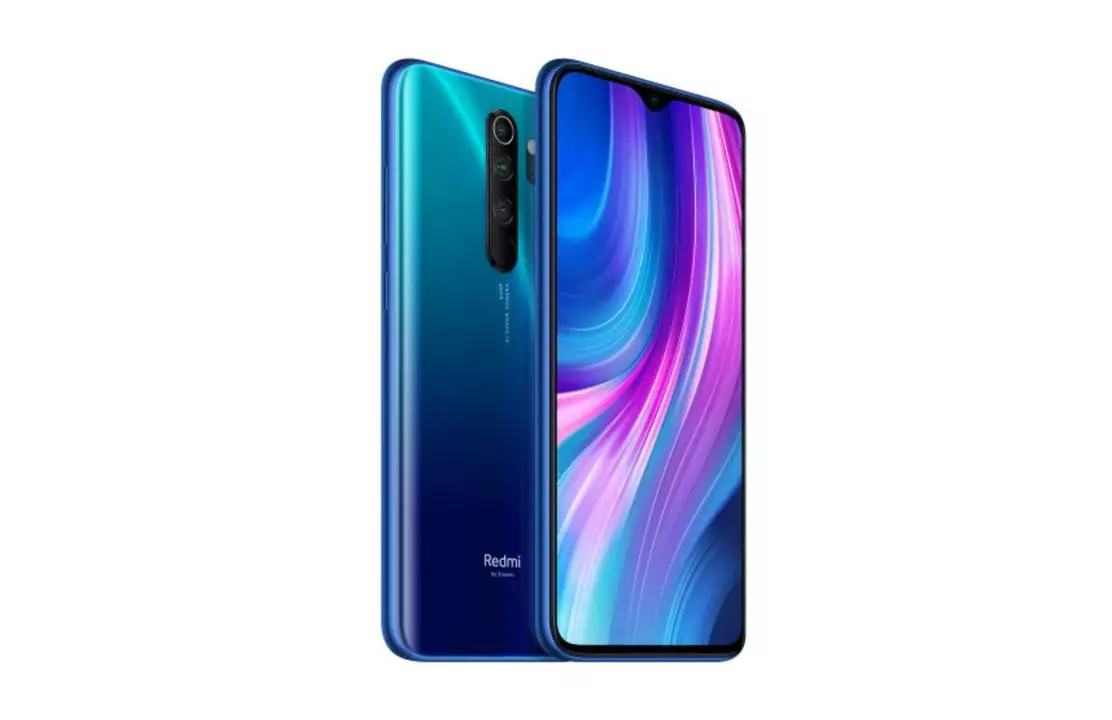How to Pick a Smartphone That Actually Fits Your Life
Looking for a new phone can feel like stepping into a maze. There are dozens of brands, endless specs, and hype that makes it hard to see what matters. The good news? You don’t need a tech degree to choose a phone that works for you. In the next few minutes we’ll cut through the noise, point out the features that really count, and even see why the Infinix Note 12 is a solid budget pick.
Key Features to Check Before You Click ‘Buy’
Screen size and quality. Most people spend hours scrolling, watching videos, or gaming on their screens. A 6.5‑inch display is a sweet spot for comfort and media consumption. Look for Full HD resolution (1920×1080) or higher; it makes videos look sharp without draining the battery too fast.
Processor and RAM. The brain of the phone decides how fast apps open and how smooth games run. Mid‑range phones now use chips like the MediaTek Helio G70, which handles everyday tasks and casual gaming well. Pair that with at least 4 GB of RAM – 6 GB is better if you multitask a lot.
Battery life. Nobody wants to hunt for a charger mid‑day. A 5,000 mAh battery usually pushes a phone past a full day of mixed use. If the phone supports fast charging, you’ll be back to full in under an hour.
Camera setup. While most people use the rear camera for social media, a versatile quad‑camera (main, ultra‑wide, macro, depth) gives you options without buying a separate camera. A 48 MP main sensor is common now and delivers clear photos in good light.
Software updates. A phone that receives regular Android updates stays secure and runs smoother longer. Check the manufacturer’s track record – brands like Samsung, Google, and even Infinix are improving their update promises.
Budget Picks & Value Phones
If you’re watching your wallet, the Infinix Note 12 is worth a look. It packs a 6.95‑inch display, Helio G70 processor, 6 GB RAM, and 128 GB storage. The 5,000 mAh battery keeps you alive through a busy day, and the 48 MP quad‑camera covers most shooting scenarios. Priced below many competitors, it offers a balanced mix of performance and features.
Another solid option is the Samsung Galaxy A34. It brings a slightly smaller 6.5‑inch screen, an Exynos 1280 chip, and a 5,000 mAh battery. Samsung’s One UI gets updates for three years, which is a bonus for longevity.
For those who love a clean Android experience, the Google Pixel 7a is a mid‑range champion. Its Tensor G2 chip may be a bit pricey, but the camera quality is hard to beat in this segment, and Google guarantees five years of security updates.
When you compare phones, write down the features that matter most to you – screen size, battery, camera, or software support. Then match those needs against the price. A quick spreadsheet can reveal if a phone offers more than you’ll actually use.
Finally, remember to read a few user reviews. Real‑world feedback highlights issues like overheating or slow software that you won’t see in the spec sheet. Sites like InfoLink Software Hub often summarize these points in easy‑to‑read articles.
Choosing a smartphone doesn’t have to be stressful. Focus on the basics, set a realistic budget, and pick a model that checks the boxes you care about. Whether you go for the Infinix Note 12 or another brand, you’ll end up with a device that feels right in your hand and lasts through your day.
How is Xiaomi Redmi Note 8 smartphone?
Posted by Aarav Khatri on Apr, 30 2023

I recently got my hands on the Xiaomi Redmi Note 8 smartphone and I must say, it's quite impressive. The phone sports a sleek design with a 6.3-inch Full HD+ display, making it perfect for binge-watching my favorite shows. The quad-camera setup on the back captures stunning photos and the 4000mAh battery easily lasts me a full day. Performance-wise, the Redmi Note 8 handles multitasking and gaming smoothly, thanks to its Snapdragon 665 processor. Overall, I think it's a fantastic budget-friendly smartphone that offers great value for the price.